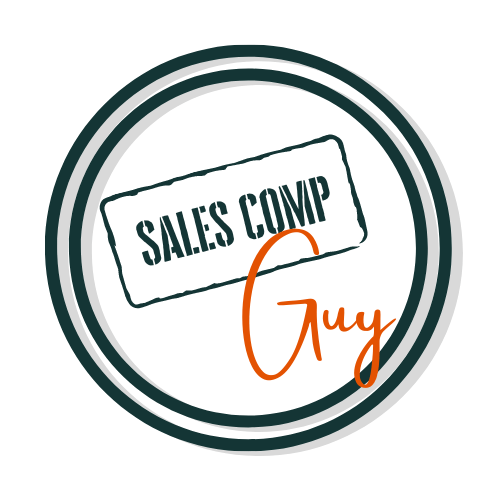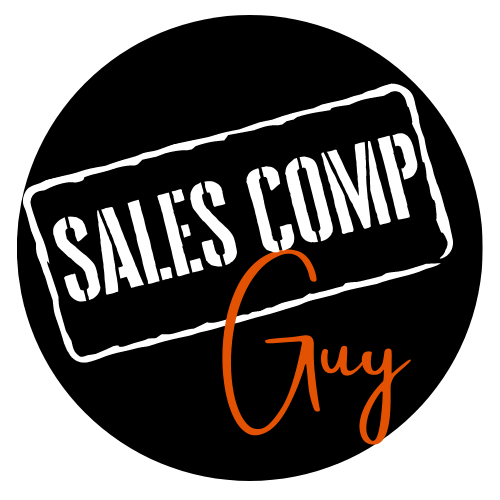Part 2: The Way You Compensate Impacts Your DEI Strategy
Weaving Diversity and Inclusion into Your Organizational Documentation

In my last post, we talked about common misconceptions surrounding DEI strategies and how true inclusivity has to be woven into the very DNA of your organization. Now, we're going to talk about the documentation you use to encode DEI into your company culture—primarily regarding your organization's beliefs and behaviors around pay.
Your DEI Roadmap
Your DEI strategy should be more than a good intention. Documentation is important because it holds us accountable and it gives us a way to reference our progress. A comprehensive DEI roadmap typically includes the following key components:
1. Assessment and Baseline: Begin with an assessment of your organization's current DEI status. Collect data on workforce demographics, representation, and employee experiences. This establishes a baseline to measure progress. The use of surveys to gauge employee sentiment as well as collective values is a meaningful first step.
2. Goals and Objectives: Set specific, measurable, achievable, realistic, and time-bound (SMART) goals for DEI. These goals may include targets for increasing representation, reducing bias, and fostering inclusivity. Be sure to have short-term and long-term objectives collectively.
3. Strategy and Initiatives: Outline the strategies and initiatives that will help achieve your DEI goals. This may include recruitment practices, leadership development programs, employee resource groups, and training modules. Be specific about the impact on the employee experience.
4. Accountability and Responsibility: Establish roles and responsibilities within the organization for driving DEI initiatives. Identify DEI champions, committees, or teams responsible for implementation and oversight. Define the components of DEI that are being focused on in order to establish what success looks like for the individuals involved.
5. Training and Education: Design and implement DEI training programs for employees at all levels, focusing on building awareness, cultural competence, and allyship. The intention shouldn't be marketing. There should be skills that are learned in the process. Skills such as heightened communication skills, emotional intelligence, and the awareness of and reduction of personal biases.
6. Communication and Transparency: Develop a communication plan to keep employees informed about DEI efforts and progress. Transparency and clarity are essential for maintaining trust.
7. Data and Metrics: Establish a system for ongoing data collection and analysis to track progress toward DEI goals. Regularly report on metrics related to hiring, representation, pay equity, and employee sentiment.
8. Resource Allocation: Allocate budget, time, and resources to support DEI initiatives. This may include investments in technology, training, consulting, and external partnerships.
9. Policies and Practices: Review and update company policies and practices to ensure they align with DEI principles. This can include anti-discrimination policies, flexible work arrangements, and accommodation processes.
10. Legal Compliance: Ensure compliance with relevant diversity and inclusion laws and regulations, staying updated on changing legal requirements.
A well-structured DEI roadmap integrates these elements into a coherent strategy for creating a more diverse, equitable, and inclusive workplace. It should be dynamic, adapting to evolving organizational needs and challenges.
DEI in Your Compensation Philosophy
If your organization hasn't created a documented compensation philosophy, there's no better time than the present. You can find examples and guidelines to writing a compensation philosophy in my book, Starting Simple: Finding Fairness, but here's a quick rundown.
Your comp philosophy should reflect your organization's vision and values. If you're in the midst of a major transition or are scrambling to get compliant with pay equity laws, now may be a good time to evaluate your mission, purpose, and values as well to make sure they reflect the organization that you are and that you want to be.
Additionally, your comp philosophy should talk about how you intend to pay, whether you're striving to pay at market value, or how your total rewards program works. More importantly, the philosophy should weave in the intentions of how the people are compensated to support the organizational purpose over time. Lastly, it should contain a fairness and equity statement to describe your organization's intentions and DEI strategy.
DEI in Your Job Documentation
Job documentation is probably the most obvious place to think about incorporating the DEI strategy. Most HR teams are conscious of language choices when writing job descriptions or other documents. There are numerous resources for identifying biased language you can use to make sure your language is inclusive.
But being aware of phrasing isn't all there is to it. Job documentation provides the foundation for fairness in the workplace by creating codified standards in compensable factors, job duties, and salary ranges. Documenting these things gives the organization a framework and structure to stay within to prevent the kind of subjective decision-making that can lead to inequity.
For every role in your organization, there should be a document outlining the job content, including:
- Compensable factors like education level and job experience.
- A list of knowledge, skills, and abilities required to succeed in the position.
- The day-to-day tasks of the role.
- How the individual in the role should approach their jobs.
- Where they live on the org chart and who they will be interacting with both internally and externally.
By having your job documentation current and consistent across the organization, you're not only giving the organization a framework for hiring and compensation, but you're also setting the organization up for equity and inclusion, both to match the organization's values and to prepare for ongoing changes in pay equity laws in your area.
The final part of this blog series will address the administration and governance aspects of DEI and compensation. Stay tuned!
Get a free copy of my Fairness Checklist:
https://salescompguy.activehosted.com/f/15












